According to SCMP, the state of Meghalaya offers a large network of caves that are not only a testament to the artistry of nature but also a key to understanding the past and present in relation to Earth's climate.
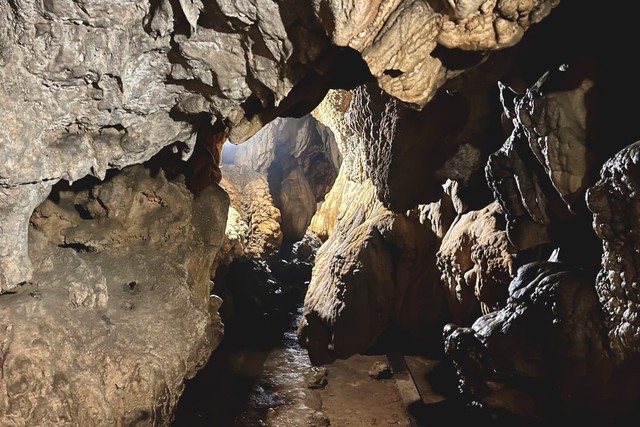
Inside a cave in East Khasi Hills, Meghalaya, India. Photo: Meenakshi J
Long-standing conservation awareness
The guardians of this natural treasure are the Khasi, Garo and Jaintia tribes, who have maintained a long tradition of environmental protection for generations in a matriarchal society. They have used their extensive folk knowledge to create a thriving tourism industry that helps visitors understand the beauty and significance of the caves here.
But these fragile ecosystems face daunting challenges. From the threat of illegal mining to pressing concerns about climate change, the sustainability of this subterranean world is under threat.
Mawmluh Cave is one of the longest and deepest caves in Meghalaya, northeastern India. Community tour guide Arkeynoldson Wankhar tries to convey the importance of this underground ecosystem to a tour group.
“Geologists have found evidence of the Meghalaya Period in this cave system,” guide Wankhar, 32, explained to the group of tourists.
The Meghalaya Period is the scientific term for a geological era that began about 4,200 years ago. It was named after Meghalaya because stalagmites found in the Mawmluh Caves provide evidence of a severe drought that affected ancient civilizations around the world.
Drought conditions are what geologists use to mark the beginning of the Meghalayan Era. The Mawmluh Caves are among the longest and deepest caves in India. The natural conditions here need to be preserved to avoid the chemical changes of the geological transition.
The Wankhar are members of the Khasi tribe, one of the earliest indigenous groups of the Indian subcontinent, along with the Garo and Jaintia. All three are known for their matriarchal societies and their skill in making bridges from fig trees. Together, they have protected the natural treasures and biodiverse sacred forests of the mountains of Meghalaya and parts of Assam.
Meghalaya is also home to many spectacular underground ecosystems, including Krem Puri, the world's longest sandstone cave, and Krem Um Ladaw, home to the deepest shaft in the world.
These caves contain a diverse fauna, including small troglobites – animals that live in complete darkness and often lack functioning eyes or pigment – as well as the world's largest cave fish, the recently discovered Neolissochilus Pnar.
Mawmluh Cave, locally known as Krem Mawmluh, is located in the Cherrapunji-Mawsynram region, known as the wettest place on earth. It is part of a vast network of rare limestone and sandstone caves in the region, which are an important part of the ecologically sensitive Hindu Kush Himalaya (HKH) region.
Many of these caves are interconnected like a maze and contain numerous important cave formations, including stalagmites and stalactites.
Cave survey
Mr. Brian D Kharpan is India’s first speleologist and founder of the Meghalaya Explorers Association. Along with his team of passionate cavers and explorers, Mr. Brian D Kharpan has explored over 1,700 caves – an achievement that has helped develop cave tourism and sustainable livelihoods for local tribes.
Today, Meghalaya’s tourism industry offers curated cave tours for beginners and specialized expeditions for caving enthusiasts, along with accommodation options such as cave homestays and trekking tours. This growth has brought significant benefits to the tribes, one of the world’s last matriarchal societies.
While some of the discovered caves – such as Mawmluh, Arwah and Mawsmai – are frequented by trekkers and tourists, many remain unknown and unmapped.
“Not all the discovered caves are open to tourists. Most of these caves have great intrinsic value and need to be protected and preserved,” said Mr. Kharpan.
Despite the restrictions, cave tourism plays an important role in protecting Meghalaya’s underground ecosystems from illegal mining. This is especially important because these caves have proven to be a powerful tool in predicting past and future weather patterns.
Mawmluh Cave now attracts thousands of tourists as well as geologists and scientists every year. Notably, it is also one of the first 100 geological heritage sites inscribed by the International Union of Geological Sciences (IUGS) under UNESCO in 2018.
In addition to providing important evidence, earth scientists are now continuing to study further the formation of speleothems (a type of stalactite) that cast long shadows inside Mawmluh to predict drought and monsoon patterns, as these caves are located in the wettest region in the world.
A study has discovered a link between rainfall in Meghalaya and climate patterns in the central tropical Pacific by examining stalagmites.
Jessica L. Oster, an associate professor at Vanderbilt University and a member of the research team, noted that after conducting surveys from 1964 to 2013, numerous stalagmite samples were taken from Mawmluh Cave and analyzed by the team of scientists.
"The new findings highlight the interconnectedness of the global climate system and provide valuable insights for understanding and predicting rainfall variability in Northeast India," added Jessica L. Oster./.
Source



![[Photo] Ho Chi Minh City holds funeral for former President Tran Duc Luong](https://vphoto.vietnam.vn/thumb/1200x675/vietnam/resource/IMAGE/2025/5/24/9c1858ebd3d04170b6cef2e6bcb2019e)

![[Photo] The Government Standing Committee works with ministries and branches on the real estate market situation.](https://vphoto.vietnam.vn/thumb/1200x675/vietnam/resource/IMAGE/2025/5/24/e9b5bc2313d14c9499b8c9b83226adba)







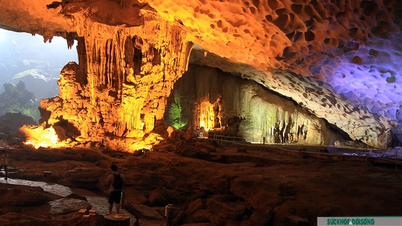







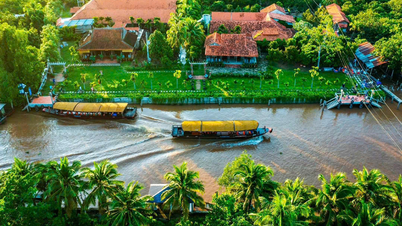
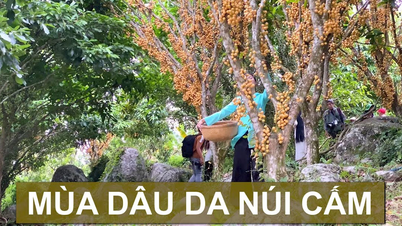
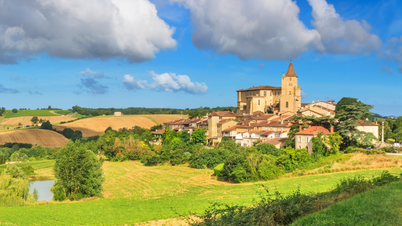
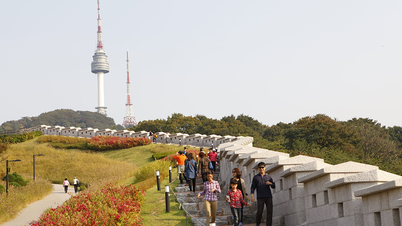










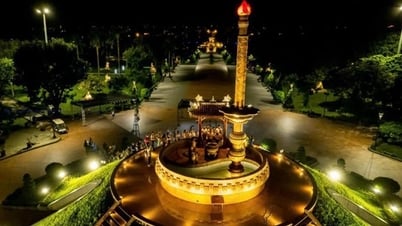
![[Photo] Party and State leaders visit former President Tran Duc Luong](https://vphoto.vietnam.vn/thumb/1200x675/vietnam/resource/IMAGE/2025/5/24/960db9b19102400e8df68d5a6caadcf6)















































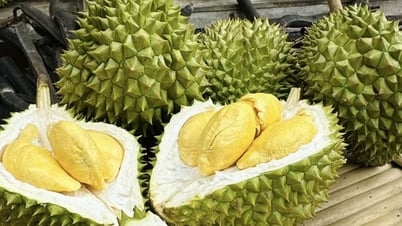
















Comment (0)